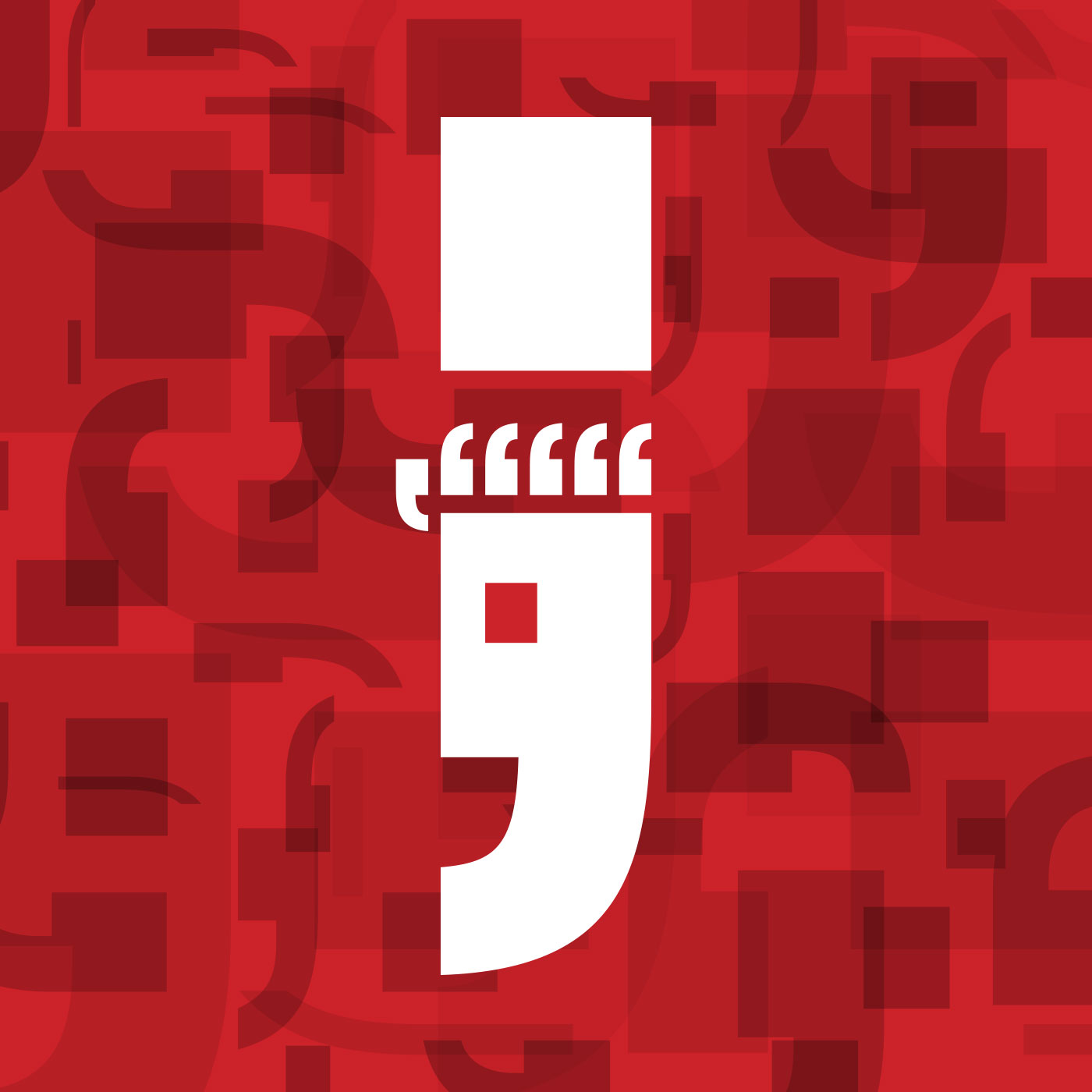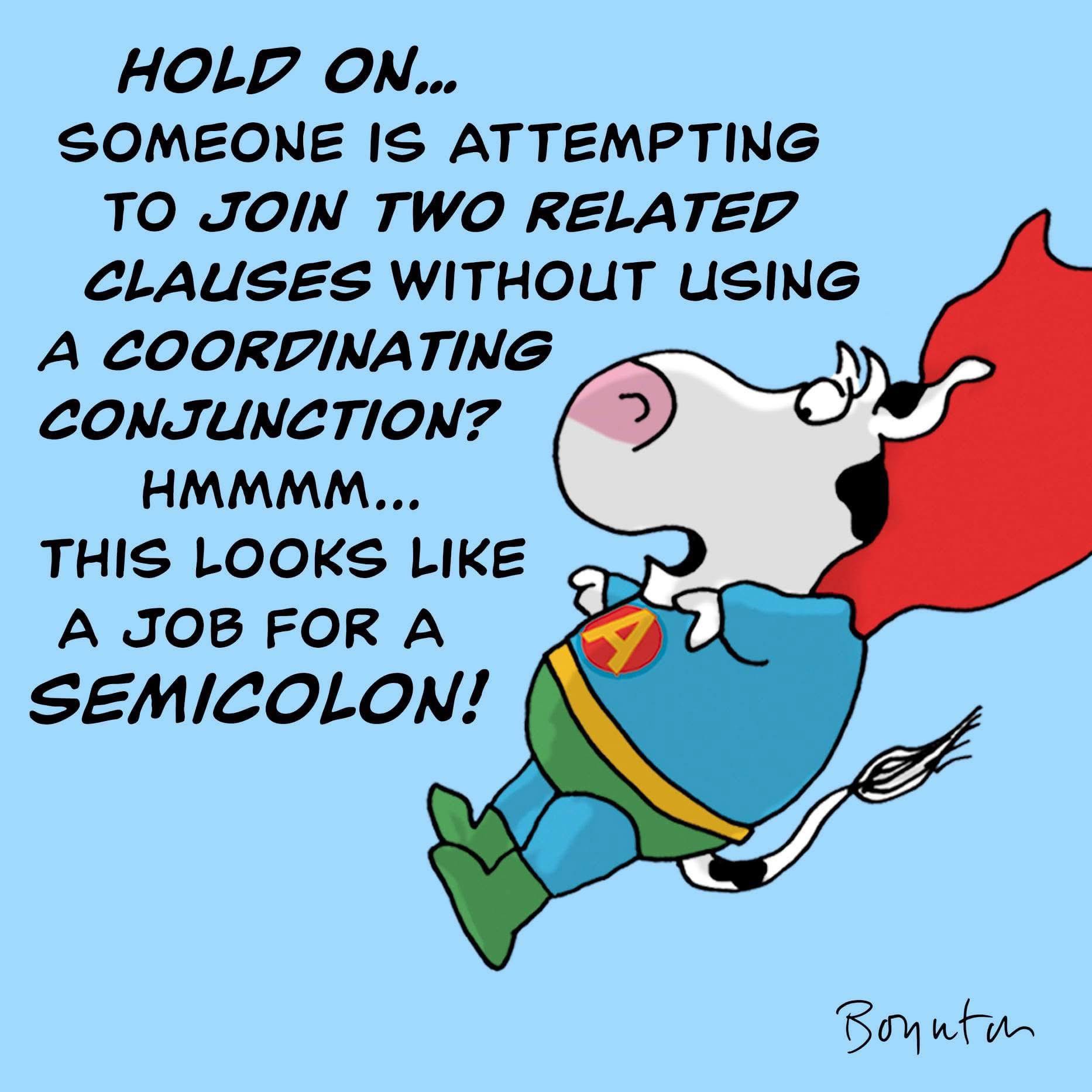comm
I’m a fan of semicolons, and I’m a fan of Kurt Vonnegut, who half-joked, “All they do is show you’ve been to college.”
I guess very few of us have been to college. Since the 1800s (and especially in the past two decades), use of the punctuation mark has fallen off a cliff. To the point where a June opinion piece in The Washington Post declared, “the semicolon is dead. Or semi-dead.”
WaPo columnist Mark Lasswell referenced a recent Babbel study that found:
1. Most people don’t use semicolons.
2. Most people don’t know how to use semicolons.
While their utility in separating chunks of long, comma-studded lists is straightforward, their other main function throws people. One commenter on Lasswell’s essay, Kaibab, put it this way: “The problem with the semicolon is that you have to understand what an independent clause is and also deal with the nuance of relatedness. This is way too much for most people. Apparently.”
If you’ve read this far and are questioning your own understanding, no shame (though we can’t speak for Kaibab). Misunderstanding is so common it’s in the subtitle of an acclaimed book about the semicolon. I like the way playwright Ben Jonson, a contemporary of Shakespeare, broke it down as “a distinction of an imperfect sentence, wherein with somewhat a longer breath, the sentence following is included.”
Two independent yet connected thoughts combined not with a conjunction (i.e., “and”), but with a mark denoting the character of the pause and degree of connection between them (nuance of relatedness, amirite). The truth is, there aren’t many instances where a semicolon is the only choice. Hence the bend toward extinction. It’s mostly a style thing, but a valuable one.

Semicolon
I wanted to be productive today; instead, I obsessed over semicolons.
This shows what a smoothie the semicolon is. A relaxed visual handoff acknowledging that each clause stands on its own while allowing them to share the moment.
Em dash (drama)
I wanted to be productive today — instead, I obsessed over semicolons.
Period (hard stop)
I wanted to be productive today. Instead, I obsessed over semicolons.
Ellipsis (emo)
I wanted to be productive today… Instead, I obsessed over semicolons.
Comma (NO)
I wanted to be productive today, instead, I obsessed over semicolons.
Only one of these is technically wrong. Still, I would argue that the semicolon is just right. The mood. It feels like the sentence does in my head, and it prompts you to read it that way.
It doesn’t feel like a pretentious display. Maybe because I’m pretentious! But I think it’s because I’ve seen the mark work so well in great literature. Austen. Dickens. Melville. Woolf. All chronic users.
Of course there are high-profile haters, too, whether they found the semicolon unnecessary (Poe, Orwell) or dismissed it as “idiocy” (that was way harsh, Cormac McCarthy).
As with so many things humanity opines on, this is trivial. But to those of us whose job it is to say things intentionally, it matters enough to weigh in and hopefully spark conversation.
In fact, this blog kicks off our series Mind the Gap, which dives deep (at least to the 4-foot mark) into punctuation — these tiny, vital elements of wordsmithing. Wednesday is National Punctuation Day, and we encourage you to think about what marks you love (or find idiotic) and share your thoughts with us. We might just put them on a T-shirt.

